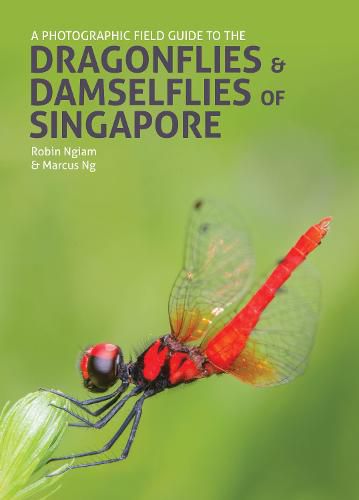Readings Newsletter
Become a Readings Member to make your shopping experience even easier.
Sign in or sign up for free!
You’re not far away from qualifying for FREE standard shipping within Australia
You’ve qualified for FREE standard shipping within Australia
The cart is loading…






A Photographic Field Guide to the Dragonflies and Damselflies of Singapore is a fully comprehensive field guide to the 136 species of dragonfly and damselfly found in Singapore. With stunning, close-up photographs from the authors, each species is illustrated with multiple variants.
The general introduction provides a comprehensive overview of dragonfly anatomy, feeding habits, courtship and reproduction; also dragonfly research and conservation in Singapore, plus the best places for dragonfly watching in Singapore. Detailed coverage of every species includes key features for field identification; telling apart similar species; habitat and habits; presence in Singapore; etymology; wider distribution; national and IUCN conservation statuses; and larval features. Additionally, a QR code links to detailed larvae images from the Lee Kong Chian Natural History Museum website. The final section gives a checklist of the country status and conservation status of all of Singapore’s odonates.
$9.00 standard shipping within Australia
FREE standard shipping within Australia for orders over $100.00
Express & International shipping calculated at checkout
A Photographic Field Guide to the Dragonflies and Damselflies of Singapore is a fully comprehensive field guide to the 136 species of dragonfly and damselfly found in Singapore. With stunning, close-up photographs from the authors, each species is illustrated with multiple variants.
The general introduction provides a comprehensive overview of dragonfly anatomy, feeding habits, courtship and reproduction; also dragonfly research and conservation in Singapore, plus the best places for dragonfly watching in Singapore. Detailed coverage of every species includes key features for field identification; telling apart similar species; habitat and habits; presence in Singapore; etymology; wider distribution; national and IUCN conservation statuses; and larval features. Additionally, a QR code links to detailed larvae images from the Lee Kong Chian Natural History Museum website. The final section gives a checklist of the country status and conservation status of all of Singapore’s odonates.